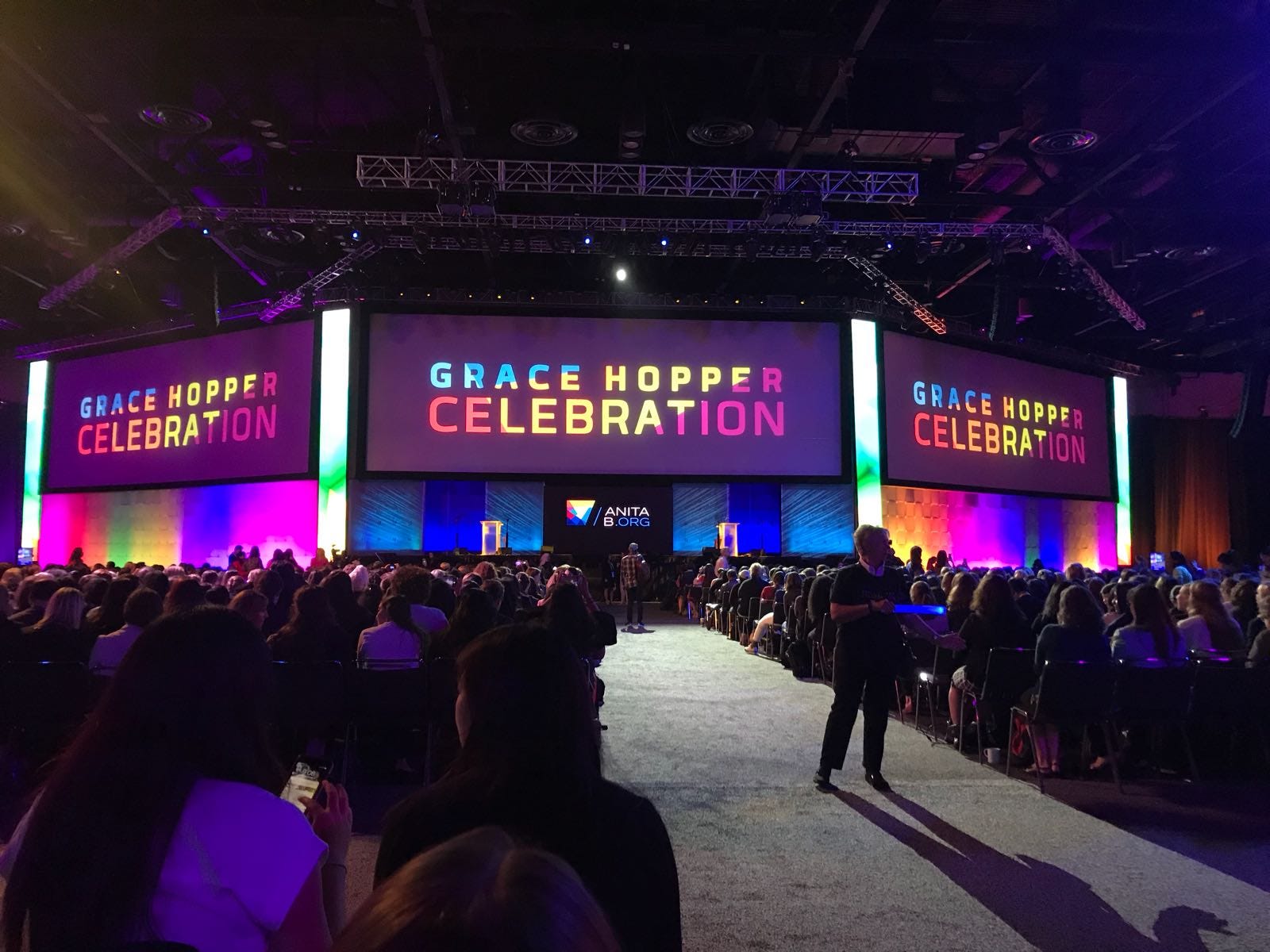
Image courtesy of Wikipedia
One of the most famous female computer scientists is Grace Hopper. Born in New York City in 1906, Hopper’s parents always encouraged her intellectual pursuits. Hopper was a very curious child and wanted to understand how things worked, and even took seven different clocks apart in the process!
Hopper received her B.A. in Mathematics and Physics from Vassar College in New York, and went on to get her masters in the same subjects from Yale University. In 1934 she received a PhD in mathematics from Yale University as well (“‘Amazing Grace”’ Murray Hopper”).
After the bombing of Pearl Harbor in 1941, Hopper wanted to join the United States navy. She was initially rejected because of her small size and age (35 years), however, due to her persistence she was able to join the U.S. Naval Women’s Reserve (“Grace Hopper”).
In the Navy, Hopper worked with the MARK I,“the first electromechanical computer in the United States” (“Biography of Grace Murray Hopper” ). This computer made calculations vital to the war effort, such as “computing rocket trajectories, creating range tables for new anti-aircraft guns, and calibrating mine sweepers.” Hopper also was the first person to use the term “bug” to describe unexpected computing behavior after a moth flew into the circuits of Mark I (“Grace Hopper”).

Image courtesy of Yale News
After World War II, Hopper turned her efforts to making computing accessible to the everyday person. Hopper developed the first compiler. Basically, a compiler translates a computer program into “machine code” that the computer can read. Originally, computer programming required the use of solely symbols, so it wasn’t usable to the average person. Hopper, however, pushed for the idea that computer programming languages should use English words instead of symbols. Her collogues told her it was impossible, but Hopper proved them wrong. Hopper and her team created “FLOW-MATIC,” “the first programming language to use word commands” (“Biography of Grace Hopper”). Hopper also was the lead in developing COBOL, also known as “common business-oriented language,” to be used by businesses. In the 1970s, COBOL was the “most extensively used programming language in the world” (“Biography of Grace Hopper”).
Hopper’s greatest legacy is her ability to communicate her ideas and bring computing to the masses. In a 1980 interview, she claimed “I’ve come to feel that there is no use doing anything unless you can communicate.” Hopper had incredible foresight and saw the amazing impact computing could have on our everyday lives.

Image courtesy of Medium
Hopper retired from the U.S. navy in 1986 at the age of 79. On November 22, 2016, President Barack Obama posthumously awarded Grace Hopper with the Presidential Medal of Freedom. Every year since 1994, thousands of women from around the world come to the Grace Hopper Celebration of Women in Computing to network, learn new skills, and celebrate the great achievements of this cool tech lady.
Sources
“Biography of Grace Murray Hopper.” Biography of Grace Murray Hopper | Office of the President, president.yale.edu/biography-grace-murray-hopper.
“‘Amazing Grace’ Murray Hopper.” Cyber Heroes of the Past: Valdemar Poulsen, wvegter.hivemind.net/abacus/CyberHeroes/Hopper.htm.
“Grace Hopper.” Encyclopædia Britannica, Encyclopædia Britannica, Inc., 1 Jan. 2019, www.britannica.com/biography/Grace-Hopper.

Grace Hopper is such a amazing individual and a great inspiration not just for women but for everyone. Her persistence is something everyone should practice, because she was persistent enough she was able to get where she wanted in life. I didn’t know she had been the one to introduce English words to coding! She’s so amazing.